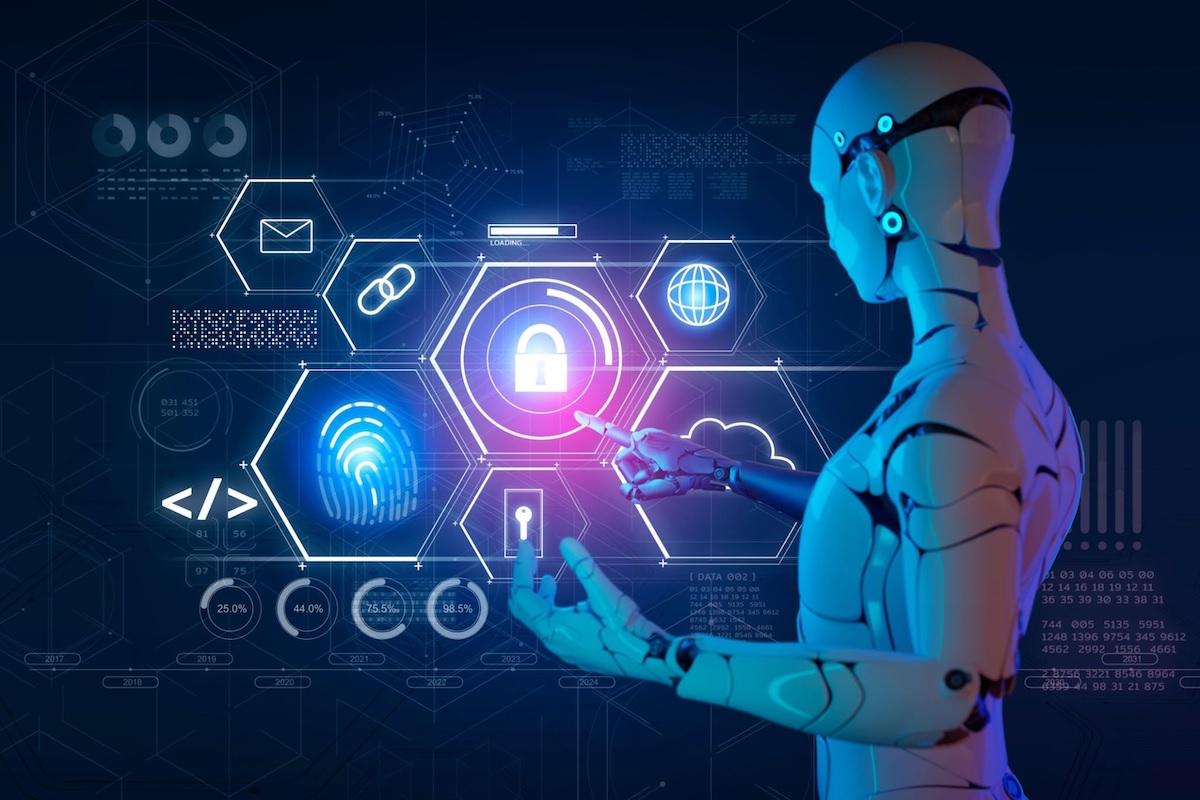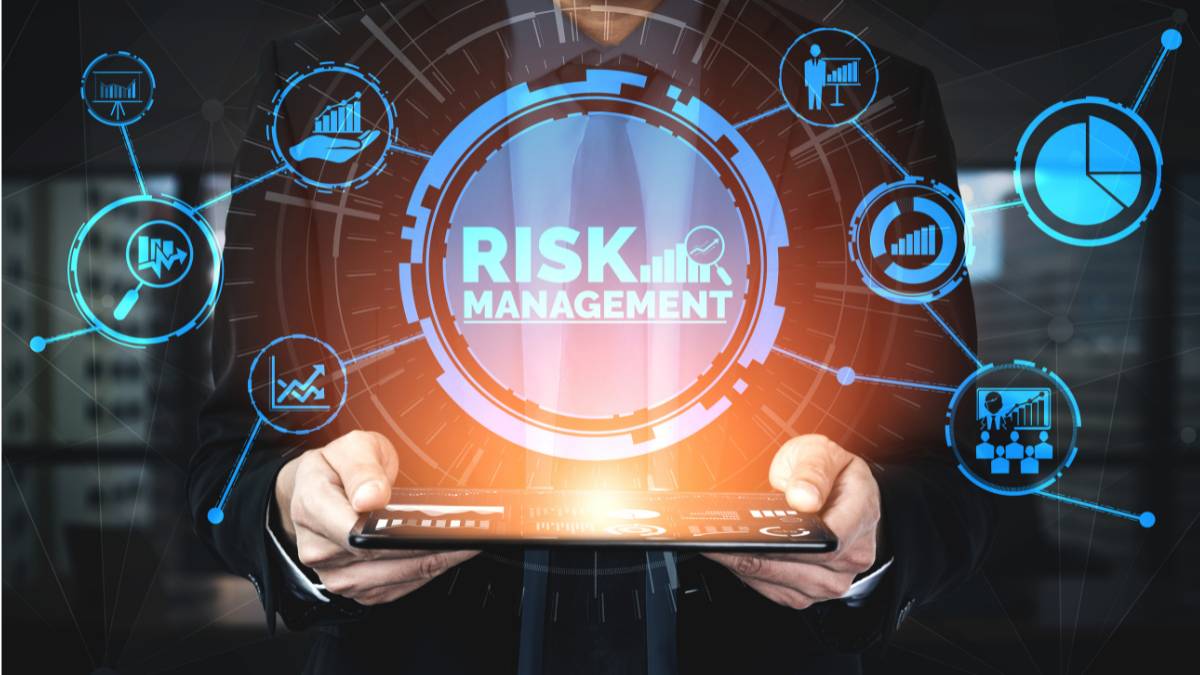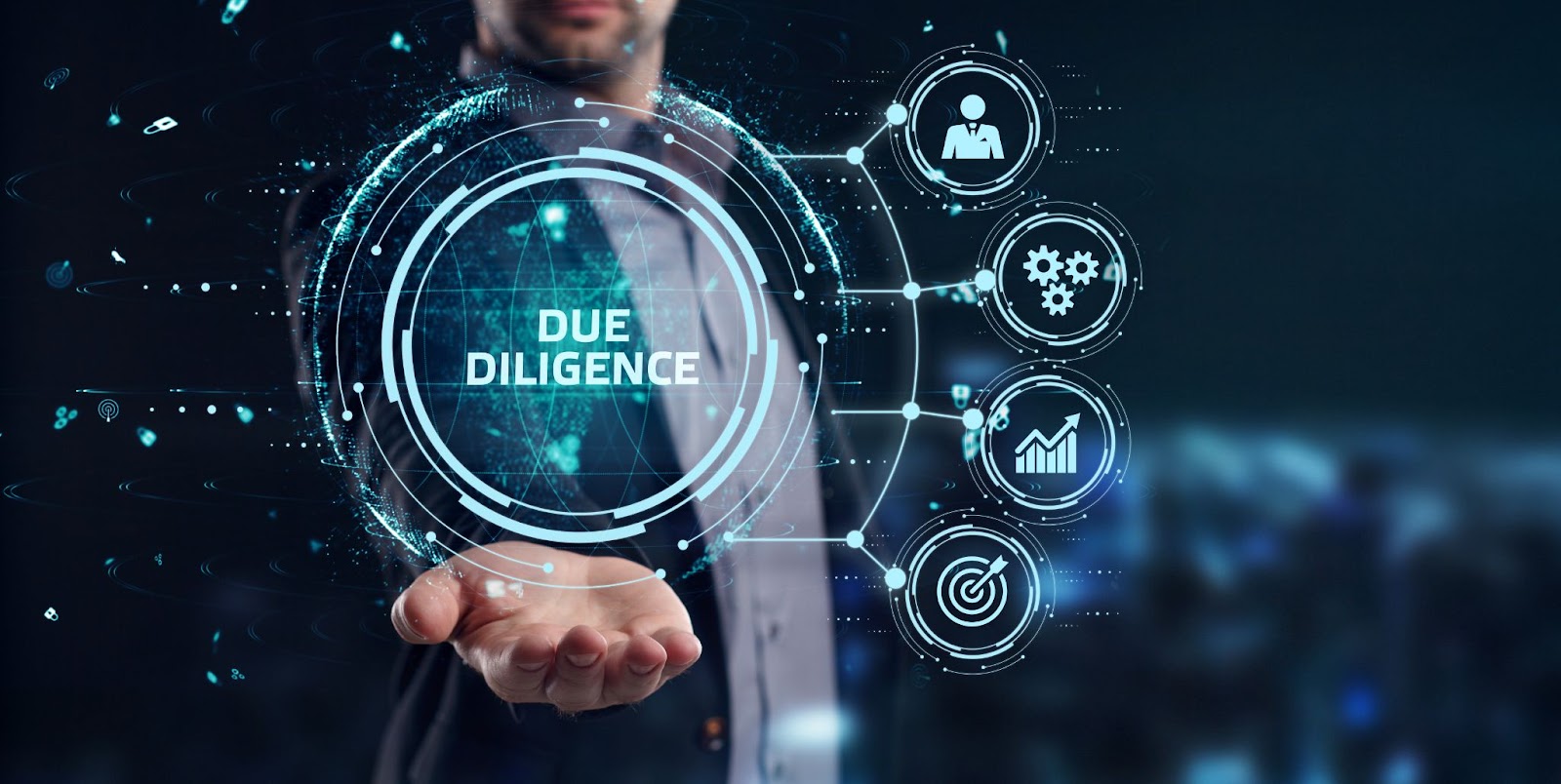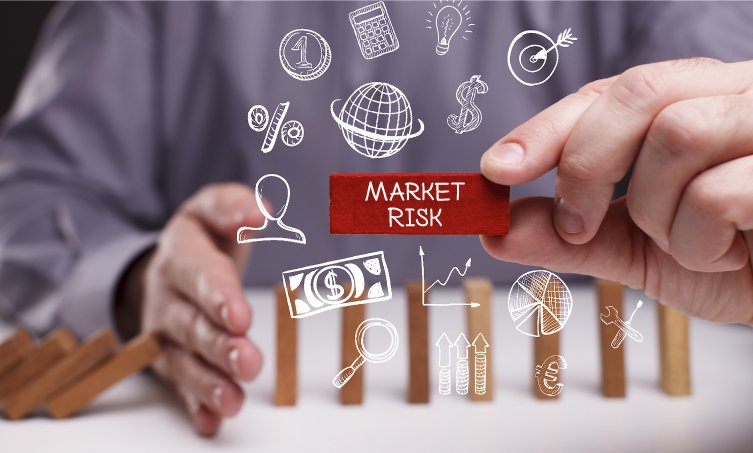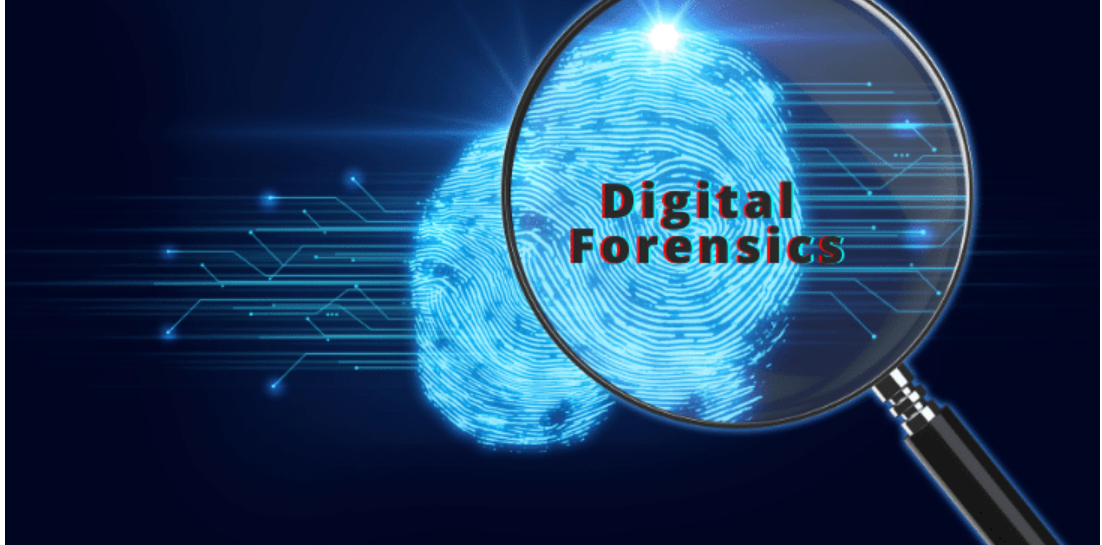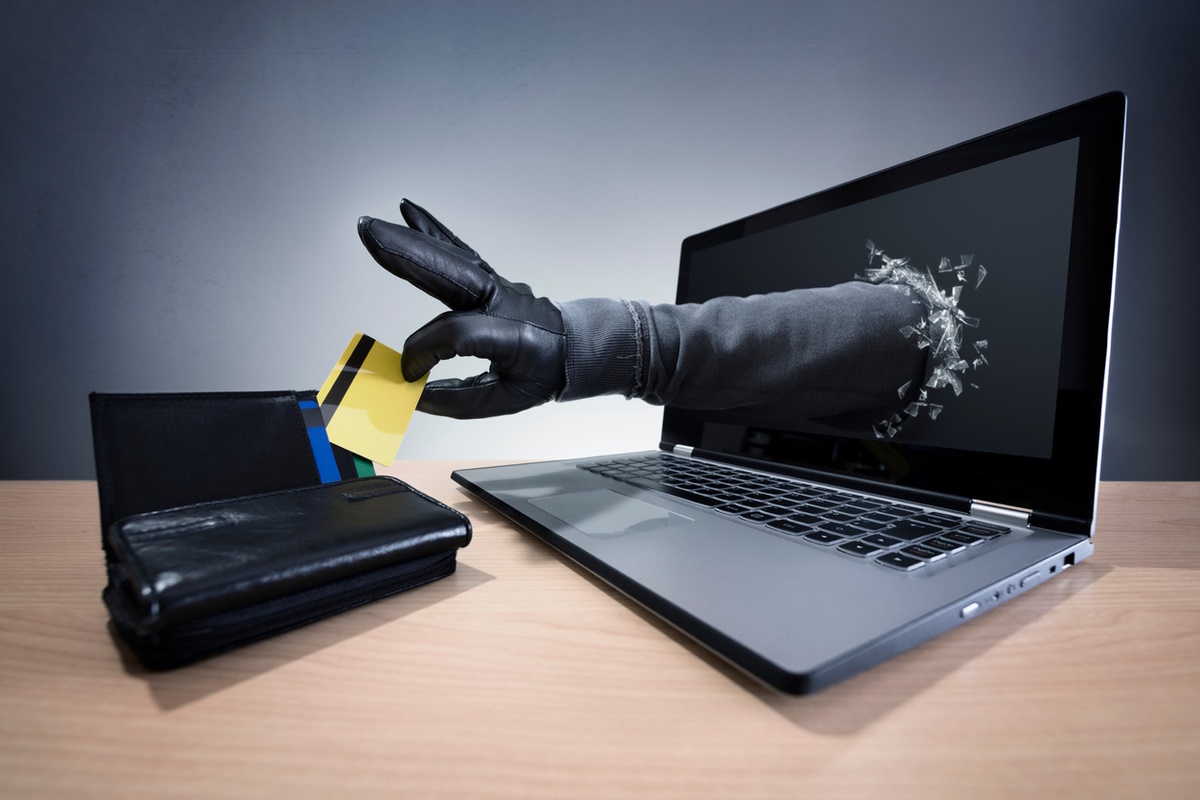Security Audits
Security audits involve a comprehensive evaluation of an organization's IT infrastructure to identify vulnerabilities, misconfigurations, and policy weaknesses. These assessments help companies align with best practices and compliance standards. Audits cover networks, endpoints, access controls, and application security. The goal is to uncover gaps before malicious actors exploit them. By conducting regular audits, organizations gain visibility into their security posture, reduce risk, and maintain data integrity. Ethical hackers and cybersecurity experts simulate attacks to uncover weak points, ensuring proactive defense. Security audits form the backbone of any serious cybersecurity program, protecting sensitive data and business continuity across all sectors.

